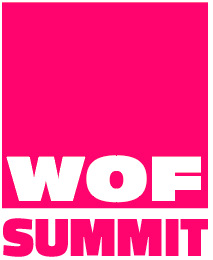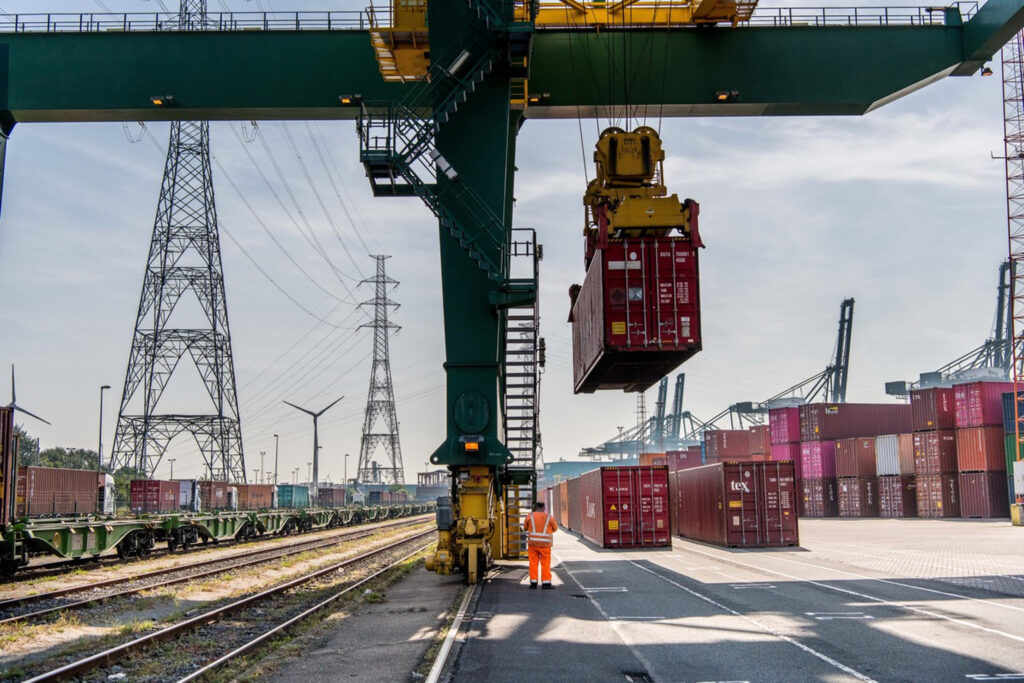Port of Antwerp Bruges’ quarterly figures reflect resilience
The total cargo throughput of Port of Antwerp-Bruges amounted to 70.4 million tonnes in the first quarter of this year, a rise of 2.4% compared to the same period last year. In an ongoing complex geopolitical and macroeconomic context, this performance, driven by a return to growth in container throughput, underscores the port’s resilience.
After economic uncertainty and inflation led to a global slowdown in demand for container shipping in 2023, container throughput picked up again from February, with March even witnessing the best monthly throughput since March 2021. This resulted in a rise in total container throughput of 8.6% in tonnes and 6% in TEUs (3,287,000 TEUs), compared to the first quarter of 2023. Port of Antwerp-Bruges’ market share in container handling in the Hamburg – Le Havre Range grew by 0.3 percentage points in 2023, to 29.9%.
Throughput volumes of conventional general cargo also showed an upward trend again. Although throughput decreased by 7.8% compared to the same period last year, it grew by 6.9% compared to the last quarter of 2023. Throughput of iron and steel remained unchanged, with incoming flows growing (+1.4%) and outgoing flows falling (-3.8%). Most other goods recorded a decline compared to the first quarter of 2023.
Roll-on/roll-off traffic decreased by 6.9% in the first quarter of 2024. The ongoing congestion at RoRo terminals resulted in a decrease in throughput of all transport equipment (-9%). This is mainly due to lower throughput of used cars (-52.5%), as well as high & heavy (-25%), trucks (-23.9%) and new cars (-5.5%). Throughput of unaccompanied cargo (excluding containers) carried on RoRo vessels grew by 1.7%. The decline in throughput to and from the United Kingdom (-4.4%) was offset by an increase in throughput to and from Spain and Portugal (+31.5%), Ireland (+6.4%) and Scandinavia (+13.5%).
While outgoing flows of dry bulk rose by 9. 7%, incoming flows fell by 24.4%, resulting in a fall of 12.1% in the dry bulk segment. Now that the energy crisis has abated somewhat, demand for coal has fallen sharply (-68.6%). Throughput of fertilizers, the largest product category within dry bulk, has recovered since the last quarter of 2023 (+33.9%), especially in imports. Throughput of non-ferrous ores (+47.3%), and scrap metal (+5.7%) also grew. Lower demand from the construction sector affected throughput of sand and gravel (-12.5%) and cereals are increasingly being transported in containers rather than in bulk (-43.7%).
Throughput of liquid bulk held up relatively well, recording a slight decline of 0.9%, with outgoing flows increasing by 4.2% but incoming flows falling by 4.1%. There was growth in the throughput of fuel oil (+25.2%), gasoline (+12.1%) and LNG (+10%). Despite the competitive pressure on the European chemical industry due to the high cost of energy, raw materials and labour, throughput of chemicals and naphtha rose by 5.2% and 12% respectively, thanks to a recovery in demand. Throughput of diesel recorded a drop (-40%), as did throughput of LPG (-11.5%) and liquid fuels in total (-11.4%).
In the first quarter of 2024, 4,855 sea-going vessels called at the port, a decrease by 1.8%. The gross tonnage of these vessels fell by 2.4%.
In the first three months of 2024, Zeebrugge welcomed 99,211 cruise passengers on 19 cruise ships, 10.7% fewer than in the record first quarter of 2023.
Resilient and future-proof
The fact that the quarterly figures show growth despite the weak economic climate is a confirmation of Port of Antwerp-Bruges’ resilience, as the port continues to pioneer and invest, even in challenging times, to ensure that it is future-proof.
For sustainable growth, the port must be able to accommodate the very largest container vessels. The required 16-meter draught in this regard was recently achieved by the first container vessel. In addition, a new record for the largest container volume handled on a single ship was set in March on the MSC China, with 26,201 TEUs.
The first methanol bunkering of a sea-going vessel was another milestone in Port of Antwerp-Bruges’ ambition to become a multifuel port and accelerate the energy transition in the maritime sector. Shore power also plays an essential role in this regard, and with the shore power installation for cruise ships in Zeebrugge starting in 2026, the port is anticipating EU regulations.
The first confirmed demo projects for NextGen Demo, the innovation hub that is part of NextGen District, will make an important contribution to the energy transition and circularity in the port. The same goes for Antwerp North Heat Network, the first ‘open access’ heat network in Belgium to supply carbon-free heat.
Jacques Vandermeiren, CEO Port of Antwerp-Bruges: “The fact that, as a world port, we are caught up in continuing challenges was once again highlighted in the last quarter. The Red Sea unrest obliged container shipping companies, for security reasons, to divert their routes via the Cape of Good Hope on East-West routes, resulting in disruptions to logistics chains and irregular arrivals of container ships. This meant that all parties involved had to adapt, but diverted routes soon became the ‘new normal’. The fact that we can once again achieve growth despite everything proves our resilience in unpredictable times.”
Annick De Ridder, Chair of the Board of Directors of Port of Antwerp-Bruges: “The rise in our quarterly figures – with March even witnessing the best container throughput in three years – proves that we are a resilient world port. A port that also continues to innovate and invest despite a challenging context. Port of Antwerp-Bruges is clearly an ambitious, pioneering port. As the economic engine of Flanders, we and our companies are 100% focused on sustainable growth. During the most recent quarter, this was demonstrated, among other things, by the first methanol bunkering of a sea-going vessel, setting a new record with the largest container volume handled on a single vessel, and the announcement of new initiatives at our innovation hub NextGen Demo.”
Dirk De fauw, Vice-President of Port of Antwerp-Bruges: “These figures and the still growing market share of the container segment compared to the other ports in the Hamburg-Le Havre range are undeniable proof of the added value of the merger and the two complementary port platforms. As a merged port, we continue to take essential steps in the energy transition, together with industry, towards a climate-neutral port by 2050. The shore power installation that will be operational at our cruise terminal in Zeebrugge by 2026 is a great example of that.”
Original article
Image source: portofantwerpbruges.com


